Peter Horvath
INRIA Sophia Antipolis
CNN architecture extraction on edge GPU
Jan 24, 2024Abstract:Neural networks have become popular due to their versatility and state-of-the-art results in many applications, such as image classification, natural language processing, speech recognition, forecasting, etc. These applications are also used in resource-constrained environments such as embedded devices. In this work, the susceptibility of neural network implementations to reverse engineering is explored on the NVIDIA Jetson Nano microcomputer via side-channel analysis. To this end, an architecture extraction attack is presented. In the attack, 15 popular convolutional neural network architectures (EfficientNets, MobileNets, NasNet, etc.) are implemented on the GPU of Jetson Nano and the electromagnetic radiation of the GPU is analyzed during the inference operation of the neural networks. The results of the analysis show that neural network architectures are easily distinguishable using deep learning-based side-channel analysis.
Surface Segmentation Using Implicit Divergence Constraint Between Adjacent Minimal Paths
Nov 25, 2021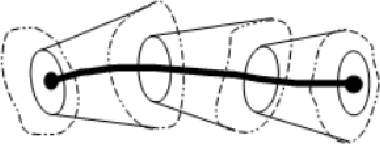
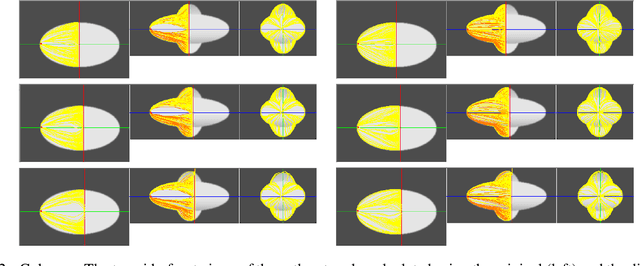
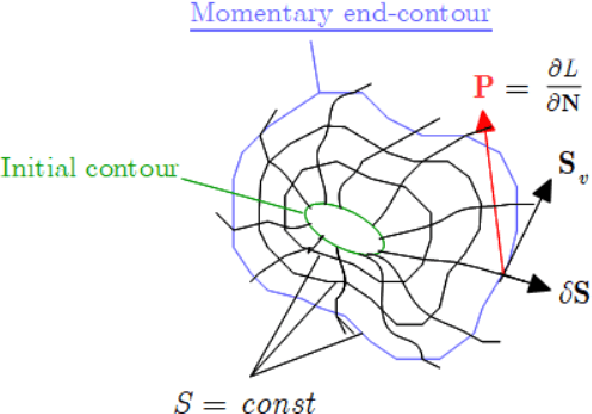
Abstract:We introduce a novel approach for object segmentation from 3D images using modified minimal path Eikonal equation. The proposed method utilizes an implicit constraint - a second order correction to the inhomogeneous minimal path Eikonal - preventing the adjacent minimal path trajectories to diverge uncontrollably. The proposed modification greatly reduces the surface area uncovered by minimal paths allowing the use of the calculated minimal path set as parameter lines of an approximate surface. It also has a loose connection with the true minimal surface Eikonal equations that are also deduced.
An Elastic Energy Minimization Framework for Mean Surface Calculation
Jul 31, 2019Abstract:As the continuation of the contour mean calculation - designed for averaging the manual delineations of 3D layer stack images - in this paper, the most important equations: a) the reparameterization equations to determine the minimizing diffeomorphism and b) the proper centroid calculation for the surface mean calculation are presented. The chosen representation space: escaled Position by Square root Normal (RPSN) is a real valued vector space, invariant under the action of the reparameterization group and the imposed L2 metric (used to define the distance function) has well defined meaning: the sum of the central second moments of the coordinate functions. For comparision purpose, the reparameterization equations for elastic surface matching, using the Square Root Normal Function (SRNF) are also provided. The reparameterization equations for these cases have formal similarity, albeit the targeted applications differ: SRNF representation suitable for shape analysis purpose whereas RPSN is more fit for the cases where all contextual information - including the relative translation between the constituent surfaces - are to be retained (but the sake of theoretical completeness, the possibility of the consistent relative displacement removal in the RPSN case is also addressed).
modAL: A modular active learning framework for Python
May 02, 2018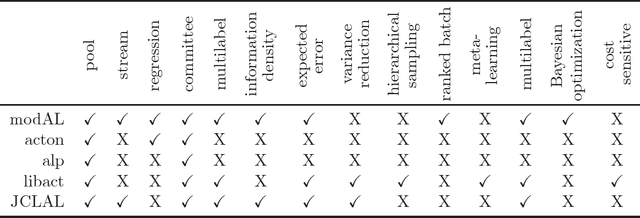

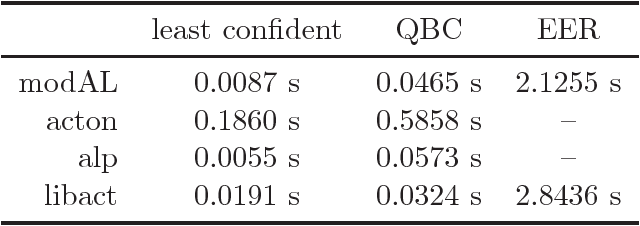
Abstract:modAL is a modular active learning framework for Python, aimed to make active learning research and practice simpler. Its distinguishing features are (i) clear and modular object oriented design (ii) full compatibility with scikit-learn models and workflows. These features make fast prototyping and easy extensibility possible, aiding the development of real-life active learning pipelines and novel algorithms as well. modAL is fully open source, hosted on GitHub at https://github.com/cosmic-cortex/modAL. To assure code quality, extensive unit tests are provided and continuous integration is applied. In addition, a detailed documentation with several tutorials are also available for ease of use. The framework is available in PyPI and distributed under the MIT license.
A higher-order active contour model of a `gas of circles' and its application to tree crown extraction
Nov 22, 2006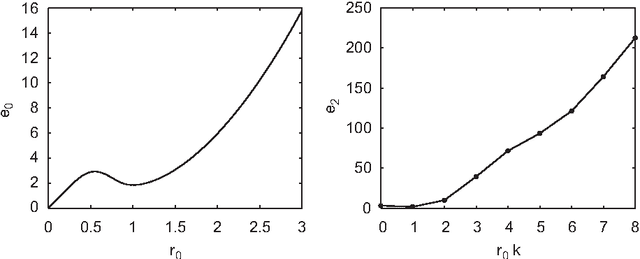

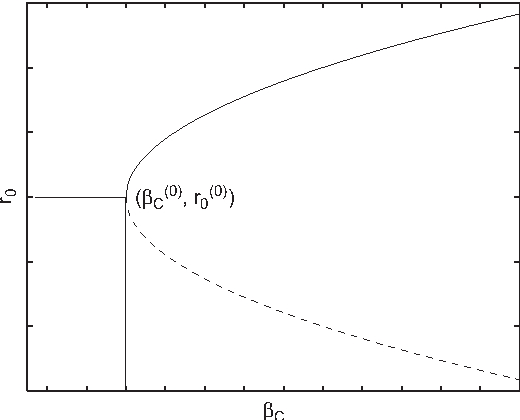

Abstract:Many image processing problems involve identifying the region in the image domain occupied by a given entity in the scene. Automatic solution of these problems requires models that incorporate significant prior knowledge about the shape of the region. Many methods for including such knowledge run into difficulties when the topology of the region is unknown a priori, for example when the entity is composed of an unknown number of similar objects. Higher-order active contours (HOACs) represent one method for the modelling of non-trivial prior knowledge about shape without necessarily constraining region topology, via the inclusion of non-local interactions between region boundary points in the energy defining the model. The case of an unknown number of circular objects arises in a number of domains, e.g. medical, biological, nanotechnological, and remote sensing imagery. Regions composed of an a priori unknown number of circles may be referred to as a `gas of circles'. In this report, we present a HOAC model of a `gas of circles'. In order to guarantee stable circles, we conduct a stability analysis via a functional Taylor expansion of the HOAC energy around a circular shape. This analysis fixes one of the model parameters in terms of the others and constrains the rest. In conjunction with a suitable likelihood energy, we apply the model to the extraction of tree crowns from aerial imagery, and show that the new model outperforms other techniques.
 Add to Chrome
Add to Chrome Add to Firefox
Add to Firefox Add to Edge
Add to Edge